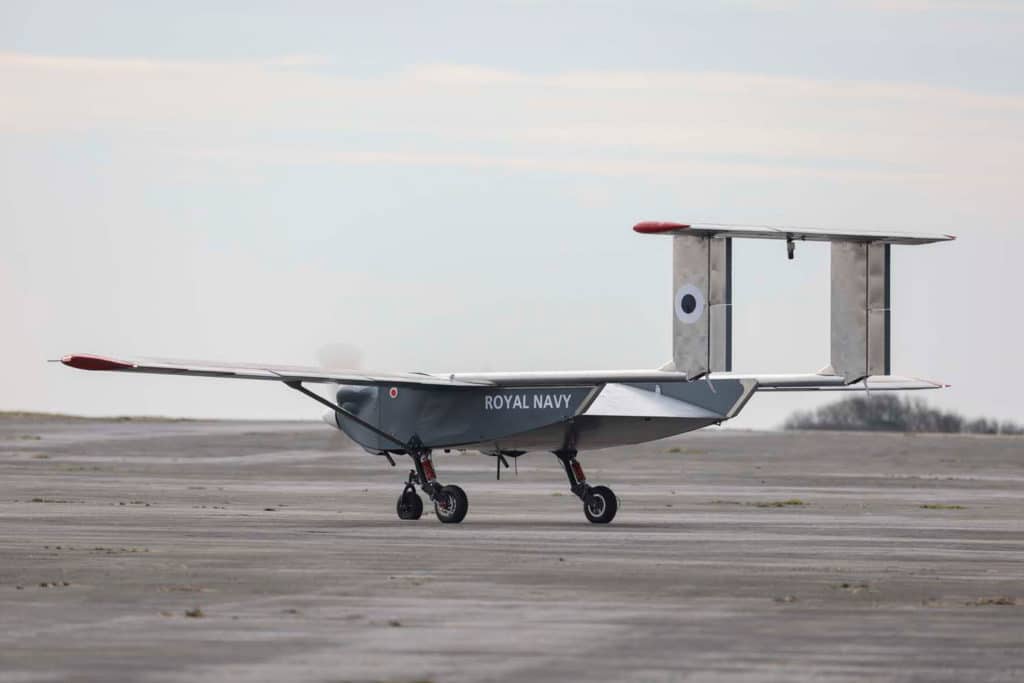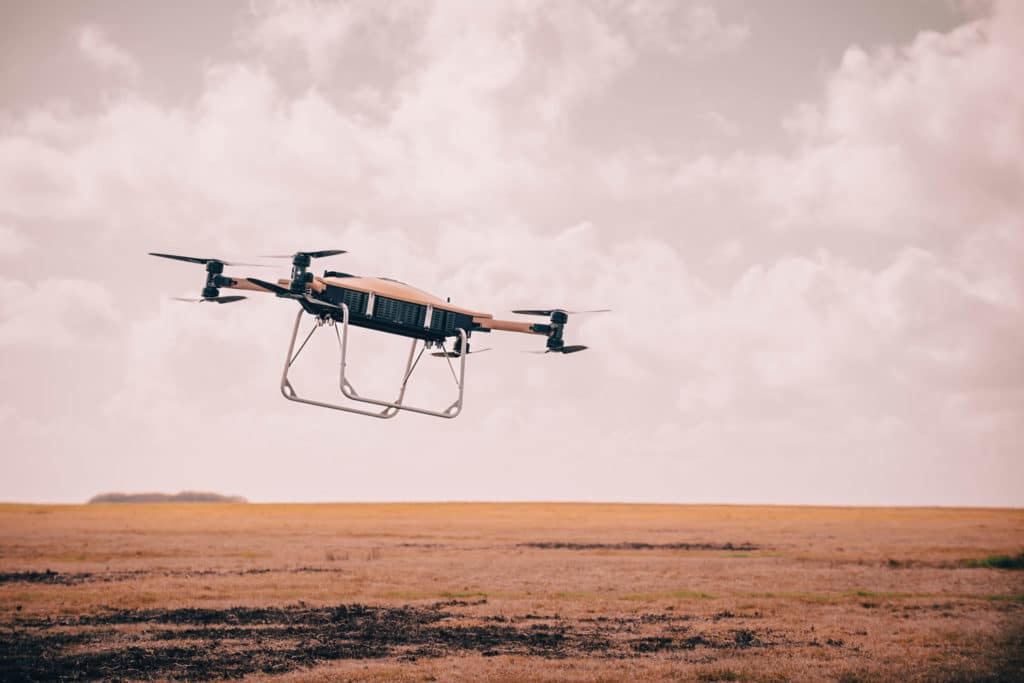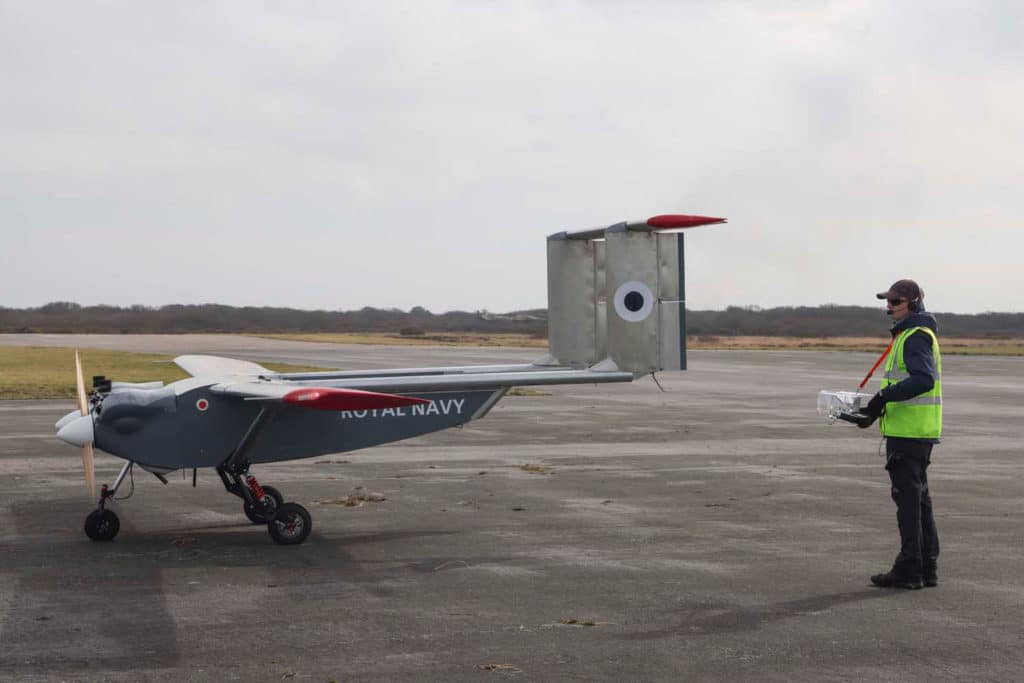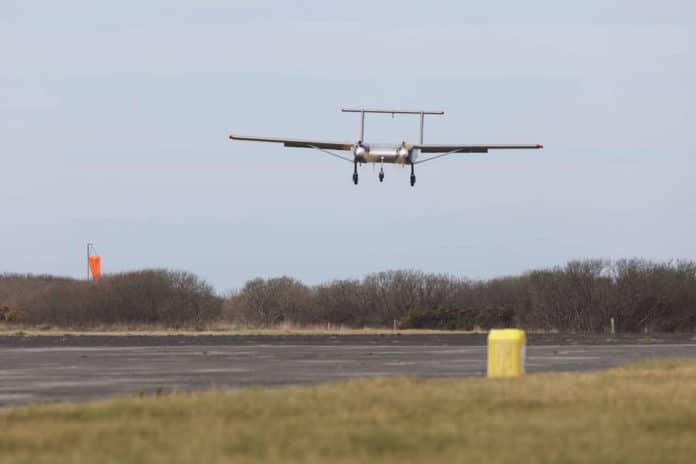The Royal Navy’s 700X Naval Air Squadron has completed intensive testing of heavy-lift drones in different environments with the goal of using the tech on front-line operations.
It is the second time the heavy-lift drones have been trialed. Last year, the Royal navy demonstrated how they could be utilized in various operations. Now, the navy’s drone experts 700X Naval Air Squadron have invited industry partners to their home base of RNAS Culdrose to test the two crewless aircraft through their paces.

The latest series of trials was more intense and included the Malloy Aeronautics T-600 quadcopter and Windracers Autonomous Systems’ Ultra drone. As a part of the Heavy Lift Challenge, both Malloy and Windracers were given a £300,000 contract to further develop their drones.
The Heavy Lift Challenge is a collaboration between 700X, the navy’s Office of the Chief Technology Officer, and Defence Equipment and Support’s (DE&S) Future Capability Group. It aims to encourage industry partners to see what equipment they have which could be adapted for use by the Royal Navy to deliver supplies such as humanitarian stores, first aid, ammunition, and spare parts to the front line.

In the most recent trials, both aircrafts proved their abilities to carry heavy payloads. The Malloy T-600 flew with a 250kg payload while the fixed-wing Windracers Ultra dropped a 100kg payload 1,000km away to a platform replicating a Queen Elizabeth-class aircraft carrier flight deck. It was able to slow on approach and drop its package with pinpoint accuracy.
The Navy and DE&S will use the data obtained during the trials to explore, understand, develop, and acquire autonomous systems to deliver heavy payloads in a range of environments.

“The Heavy Lift Challenge is surpassing all our expectations. This is a genuine, game-changing collaboration between the Royal Navy, DE&S’ Future Capability Group, and industry and has, so far, produced quite spectacular results – all inside the same commercial framework we are able to iterate as one team,” said Brigadier Dan Cheesman, Royal Navy Chief Technology Officer.
“We are not there quite yet, but in perhaps as little as two months’ time, we will have the final ‘show don’t tell’ evidence we need to commence scaling to the hands of the warfighter at an unprecedented pace,” he added.
James Gavin, Head of the Future Capability Group, said: “This is an important milestone for the Heavy Lift Challenge. We have tested how scalable and usable the autonomous technology is, with promising results.”
